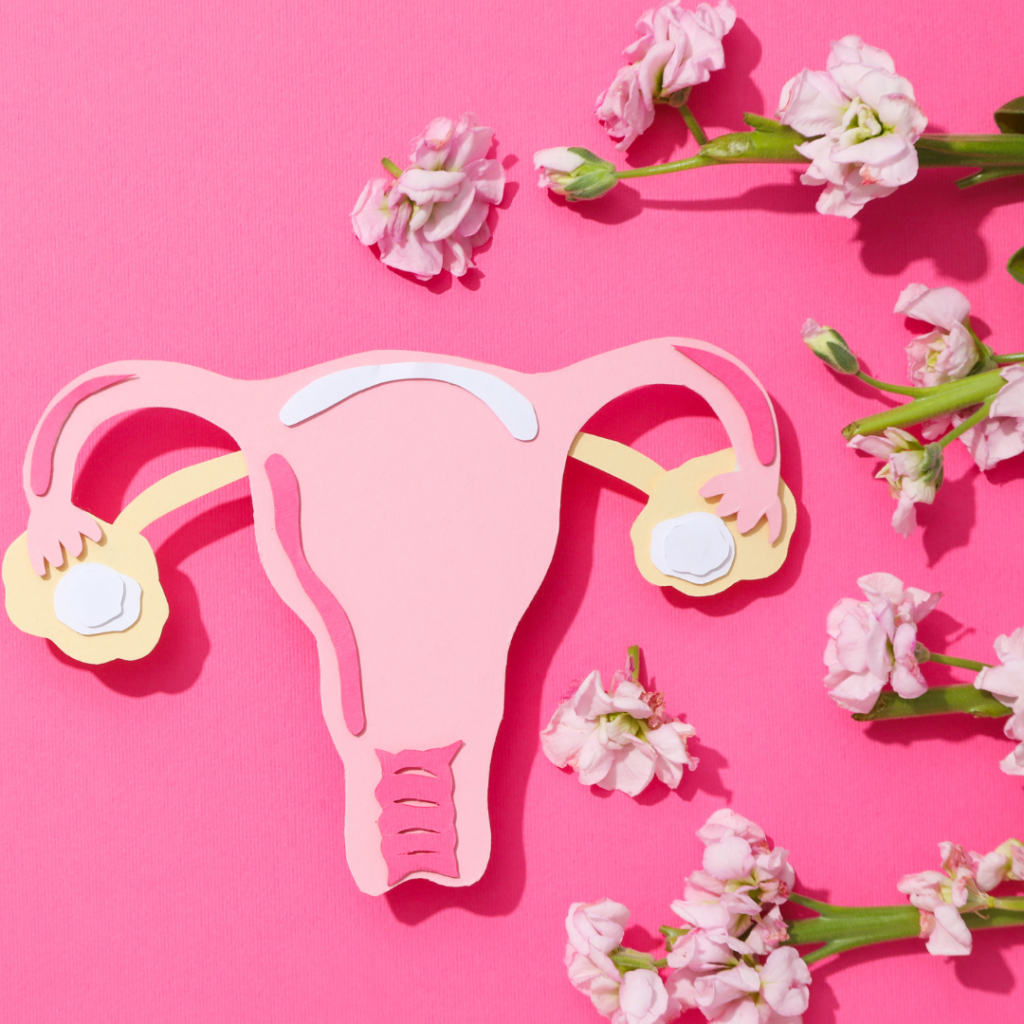By Leighann Hatch, nutraMetrix Program Coordinator
Super plants and flowers have long been recognized for their health properties and are now gaining popularity for their numerous benefits for women’s health. Many of these plants and flowers provide a range of other health benefits. For example, hormone-supporting properties from red clover. There are a variety of plant-based ingredients that can be incorporated into a woman’s daily routine to support overall women’s health and wellness. In this article, we will explore some of the top super plants and flowers for women’s health and how they can be used to promote wellness.
Black Cohosh
Black cohosh is a perennial, shrub-like plant, native to the eastern deciduous forests of North America. Traditionally, Black Cohosh was used to provide relief from menstrual cramps; it has also been used to help assist with hot flashes accompanying menopause and PMS. The precise mechanism of action is unknown; although, the triterpene glycosides are considered the active constituents along with the isoflavones, alkaloids and phenolic acids. Black Cohosh may have a similar effect as estrogen in women’s health, which is the female hormone that regulates the menstrual cycle. Low estrogen levels are linked with the symptoms associated with menopause, and Black Cohosh may help alleviate mild symptoms of menopause.
Soy Extract
Soy isoflavones are found in soybeans in the form of phytoestrogens. Phytoestrogens are nonsteriodal compounds that possess estrogen-like biological activity and come from plants. Soy isoflavones have weak estrogenic and anti-estrogenic effects. They have been found to bind to estrogen receptors, alpha and beta; although, they appear to bind better to the beta estrogen receptors. Soy isoflavones include three main isoflavones, which are the aglycones genistein, daidzein and glycitein. Soy may be linked to alleviating mild menopausal symptoms and beneficial in promoting bone in women’s health .
Dong Quai
Dong quai has been used in traditional Chinese and Native American health practices for thousands of years. The plant is related to both parsley and celery; its health properties come from the root. Dong quai is often referred to as the female ginseng in women’s health because of its homeostatic effects during menstruation. Its most common use is to manage mild cramps and pain during menstruation as well as to alleviate some of the mild symptoms of menopause such as hot flashes. The specific mechanism of action is unknown; although, the groups of coumarins, ferulic acid and ligustilide appear to be the active constituents of the dong quai root. The coumarins aid in promoting normal blood flow, while the ferulic acid and ligustilide promote normal muscle relaxation. Dong quai is not a replacement for estrogen (although, some studies have shown that it has a similar effect as isoflavones) nor does it have any hormone-like effects on the body. *
Wild Yam
Wild Yam is a member of the Dioscorea family, which also includes the potato. The family is named for Dioscorides, who was the first-century Greek physician whose botanical writings were the standard for more than one thousand years. The dried roots are the health-promoting part of the plant. Wild yam has been historically used for mild symptoms associated with menstruation and menopause in women’s health, including cramping, hot flashes and occasional fatigue. It is native to North America, but the plant can be cultivated in tropical, subtropical and temperate regions all around the world.
Horsetail
Horsetail (Equisetum arvense), also known as Peterwort, Dutch rushes, Shave-grass and Bottlebrush, is named from the bristly appearance of its jointed stems. The plant is found throughout the northern hemisphere, and only the stems exhibit beneficial health-related properties. It has the ability to draw excess water from the body, which makes it useful for cleansing the urinary tract. Horsetail is a natural source of silicon, iron and sodium, and also contains high amounts of calcium, chromium, crude fiber, magnesium, potassium, selenium and vitamin A. Horsetail is an excellent source of silicic acid, which contributes to its benefits in women’s health. Horsetail is commonly used to promote urinary tract health, but has also been shown to be helpful with mild symptoms of PMS and menopause. *
Red Clover
Red clover, like soy, contains high levels of isoflavones, which are well known for their subtle estrogen-like properties. Red clover has been shown in studies to help alleviate hot flashes associated with menopause. Red Clover is a small perennial herb with red or white flowers. It is native to Europe, central Asia, and northern Africa, but is also naturalized in many other parts of the world. Only the flowers are used in health supplements. It can be found as a dried herb, in tablets or capsules, and in alcohol solutions. *
Valerian Root
Valerian Root (Valerian officinalis) produces bright pink to white flowers, and grows 20 to 40 inches tall. It is native to Europe and temperate regions of Asia, and is cultivated in Europe, Japan and the United States. The Ancient Greek physician Galen referred to valerian as “Phu,” which is an expression of disgust at the plants smell. It is usually prepared as a tea, taken in capsule or tablet form, or used to make a bath additive. Valerian Root is commonly used to as a natural sleep support, but is used for mild symptoms associated with premenstrual syndrome and menopause in women’s health.
Passiflora
Passiflora, also known as the passionflower, can be used to assist with occasional sleep difficulty. Passiflora is a perennial vine, which reaches 30 feet in length. It grows naturally from the southeastern United States to Brazil and Argentina, and is cultivated as a garden plant in Europe. The blossoms are considered symbolic of Christ’s Passion, because the central corona represents the Crown of Thorns, which accounts for its name. The health value is found on the aboveground parts of the plants. Passiflora is available as an herb for tea, and is also an ingredient in some bath additives. *
Gamma linoleic acid (GLA) (lifesGLA)
Gamma linolenic acid (GLA) is an omega-6 fatty acid, derived from the seeds of plants such as evening primrose and borage. Deficiency of PGE1 (prostaglandin E1 (PGE1) has been linked with some of the symptoms associated with PMS. Additionally, some studies have shown that evening primrose oil helps counteract mild adverse effects of PMS. *
To support women’s health, super plants and flowers offer a natural and effective option that can be enjoyed in various forms such as herbal teas, essential oils, or supplements. These natural ingredients provide a holistic approach to wellness that can help women achieve optimal health and wellbeing.
For a phenomenal women’s health product that contains these super plants and flower ingredients, click here to learn more.
As with any new health regimen, it is important to consult with a healthcare professional to ensure that these ingredients are safe and appropriate for individual needs. By incorporating super plants and flowers into a daily routine, women can experience the many benefits of these natural ingredients and support their overall health and wellbeing.
*These statements have not been evaluated by the Food and Drug Administration. These products are not intended to diagnose, treat, cure or prevent any disease.


